When I bite into a warm Augustines of Central apricot cradled in a sweet almond shortcrust pastry it transports me back to long hot summers in Central Otago. This apricot has been suspended in time, tree ripened in the summer sun of 2015, protected by a syrup flavoured with Central Otago Riesling. It’s preserved perfection.

I recently saw an episode of Twin Peaks. You too may remember this off beat American series that made an impact on our TV screens in the early 1990’s. I remember well that FBI agent Dale Cooper had an obsession for cherry pie.

But as Twin Peaks was airing in the 1990’s, another more sombre memory was happening in New Zealand. The beautiful Cromwell Gorge in Central Otago was to be flooded to make way for the Clyde hydro dam. We were about to lose 86 hectares of prime apricot orchards.

Apricots are still grown in Central Otago but the loss of many orchards contributed to the local Roxdale cannery closing in early 2000’s, so now we no longer have access to New Zealand grown apricots in cans on the grocery shelves. (Any current canned apricots you buy are made from imported fruit.)

I’m very proud to say, our son Gus is the preserving artisan behind Augustines of Central. His passion for preserving, and apricots, will bring back memories of the preserved fruit once made by our mothers or grandmothers.

My mother preserved apricots when I was young, but my generation tended to use the convenience of commercially canned fruit or the home freezer. Now that the preserving skills have been lost to many and there isn’t an option of good quality canned apricots like Roxdale, Gus has created an opportunity to join a growing number of artisan food producers. His apricots not only look good on the shelf, they taste like apricots used to.
If you cannot access preserved apricots the following almond shortcrust pastry will work well for cherries, gooseberries, or blackcurrant tarts.
Shortcrust pastry is one of the easiest and quickest pastries to make, but like anything, there are some useful rules that if followed will ensure good shortcrust everytime.
Home made shortcrust uses simple ingredients, just flour and butter (in this recipe we are also using ground almonds, sugar and an egg) to make a rich sweet shortcrust. There are no added chemicals or butter replacements like palm oil or margarine. Next time look to see how many extra ingredients there are on a packet of pastry. The one I bought had additional fats, acidity regulators flavourings and emulsifiers.
By simply omitting the sugar you will have savoury shortcrust pastry. I only sweeten the shortcrust if the fruit is tart to create a contrast between the sweet and the tart.
Sweet Almond Shortcrust Pastry – with pastry techniques sprinkled through
(Makes 1 x 25cm tart or up to 20 individual tarts – depending on the size of your tins)
Heat oven to 180 Celsius
Ingredients: 150g plain flour or spelt flour,
100g cold butter, 50g ground almonds,
50g caster sugar,
1 large egg yolk, 1-2 Tbsp of ice cold water with a squirt of lemon juice (if needed)
#1 rule: keep it cool. If the butter begins to melt it will fail to do its job in coating the flour molecules to prevent the gluten doing it’s job of helping the proteins in the flour stretching. We want short protein strands to obtain the short crumbly texture.
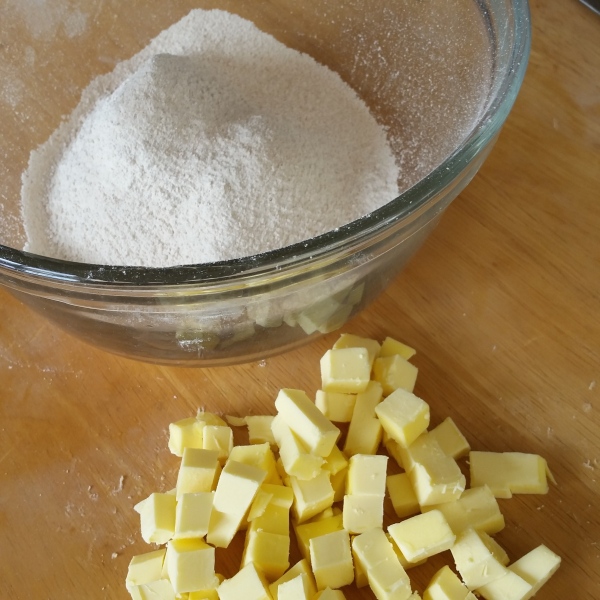
Sift the flour into a large mixing bowl, then mix in the ground almonds and caster sugar. Add to this the butter and use a pastry cutter or a food processor to create a texture that looks like fine breadcrumbs. This takes time with a cutter but less than 20 seconds with a food processor.
The flour I used this time for the recipe is a wholemeal spelt flour. I wanted to see if spelt would create lighter pastry cases than if I had used standard flour. (Always use a low gluten flour for short pastry – avoid high grade.)
#2 rule: Avoid using your hands to work the butter into the flour. The heat from your hands will soften the butter. The finer the butter is cut up to produce a fine crumb, then the more rise and lightness you’ll make the pastry.

Now add the egg yolk and mix everything with your finger tips – do not squeeze dough, just gently bring together to form a soft ball of dough. If more liquid is required add a tablespoon of ice cold water at a time. This step can be done in a food processor using the pulse button.
#3 rule: Do not overwork the dough. To obtain the short texture – crumbly and light – it’s important to keep the protein strands short and that means minimum handling. ( It’s the opposite for bread – you want the gluten to help the protein strand be stretched to create a strong texture with stretch.)
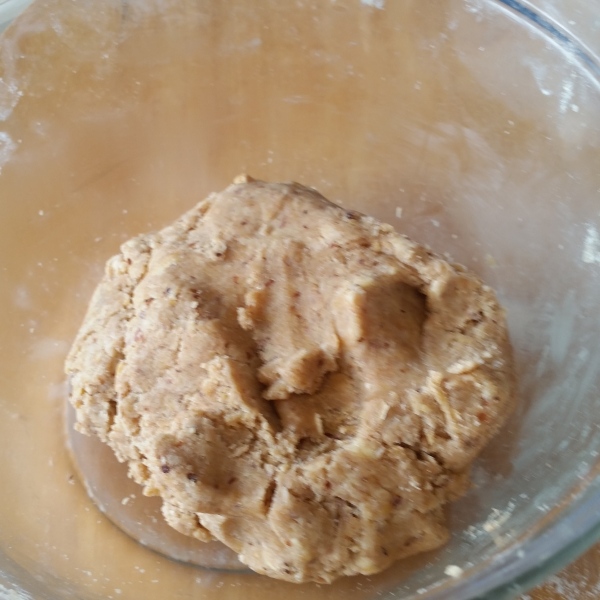
Gently with your hands roll the dough into a short, thick sausage, This recipe is from Nigel Slater and he suggests this techmique rather than rolling out into one big piece because rolling out can be difficult and this simple method limits the handling time.
Cut thicker slices than you need if the sausage round is not quite big enough for your patty pan. I use medium sized muffin tins.Gently roll in one direction turning each time to flatten out to the desired size for your individual tins.
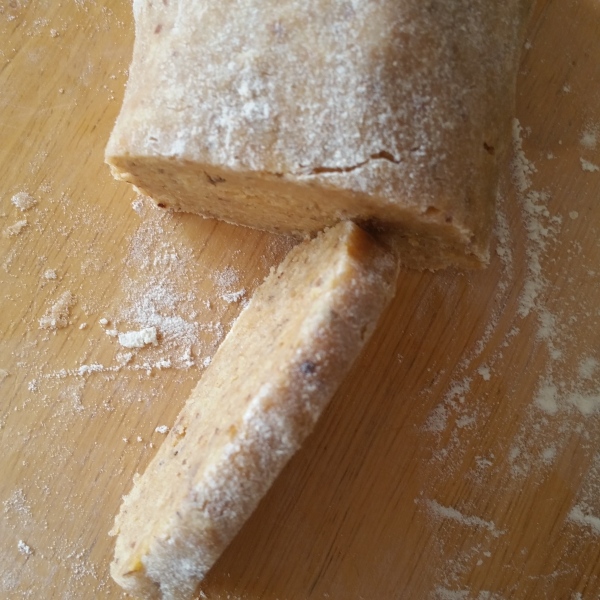
#4 rule: Only roll in one direction. Roll from the bottom to the top, then turn the dough a quarter turn and roll again from bottom to the top. shape the edges of the dough with your hands to get the shape you want if putting into a large flan dish.

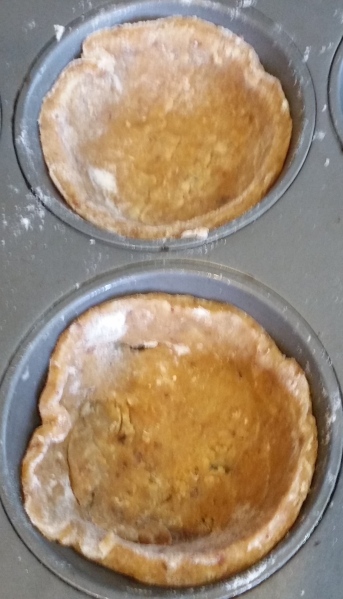
Mould the pastry into the base of the patty pans and place in the fridge to rest for 30 minutes.
#5 rule: Give the dough a rest. It’s important to rest the dough as this will stop shrinkage once it gets into the oven.
Now the next stage I did a little bit of experimenting. Do I blindbake or not? The rule of thumb is it’s best to blind bake if the fruit takes a shorter time to be ready than the pastry. If your filling will take around 40 minutes there is no need to blind bake.


Gus makes hundreds of these little pies for the Wanaka Vintage Fair each summer and he doesn’t blind bake.

I have experimented cooking the tarts both blind bake and not and I’m not sure the extra work of blind baking the individual tartlets was worth it. I definitely would blind bake for one large flan. On the taste tests, the tarts that weren’t blind baked were softer and my grandson Beau preferred the blind baked ones. Either way works because the stars of the show are the apricots.
With all the information I’ve given, you probably think I’m a pastry expert. I have always made my own shortcrust but I have to admit it was only when I heard Radio NZ “This Way Up” with Julie Clarke of Floriditas in Wellington, that I realised following these few rules will guarantee the result I will get each time.
Cook the apricots for 20 minutes or until cooked at 180 Celcius.

While the tarts cooked, I reduced some of the syrup from the apricots down to a thick glaze to paint over the apricots as they come out of the oven.
These are the wholemeal spelt cases and the pastry was indeed short and crumbly with no fatty after taste.
Cool in the tin, then carefully remove and put on a cooling rack.
As I was doing so many trials I had a lot of apricot tarts on my hands. I tried freezing them to see how they would come out. They freeze perfectly. I just pre-heated the oven to 180 and put them in frozen – you may need to cover the tops with foil as the extra sugar glaze can easily burn. Or if you intend to freeze them avoid the glaze step until reheating them.

I like to serve them warm and simply with a little pour of runny cream. Anything creamy is a wonderful companion to apricots. If you want to be truly decadent serve with a dollop of mascarpone cheese.
There are many ways of serving or using preserved apricots – both sweet and savoury, so over the next few weeks and months I am aiming to post more about apricots.
For fans of Twin Peaks, the good news is that there will be a returning series of 9 episodes in 2017.

You’ll have to wait to see Twin Peaks but Augustines of Central apricots are available right now at Smith & Caugheys (Auckland), Moore Wilsons (Wellington) and Florences (Wanaka).

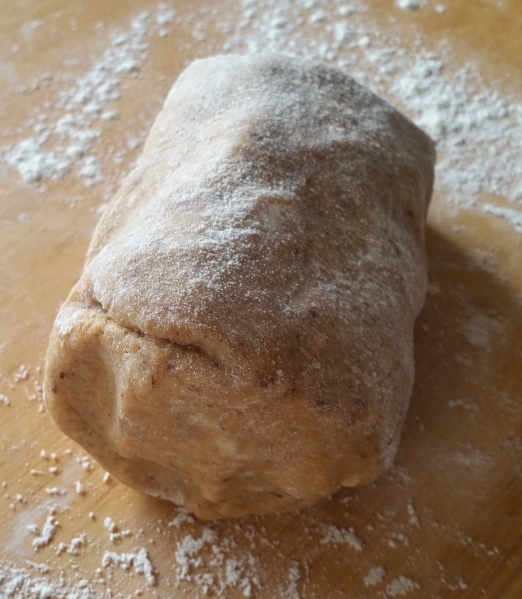

These bitesize tarts are a lovely idea. I wish I had access to Otago apricots but I made do with canned ones from the supermarket. I also added some pastry cream under the apricot, delicious. I used your recipe for almond shortcrust pastry with spelt flour and it was very light and crumbly, perfect flavour, not too sweet.
ReplyDeleteHi Victoria, thanks for your comment. Not sure where you live but if you live in Auckland all 5 Farro Fresh stores have Gus's apricots. They are truly worth finding as the canned ones just don't compare. Good that you found the spelt pastry good. Also I no longer use my blogspot account but you can find my updated blogs on Jeannieskitchen.me
ReplyDelete